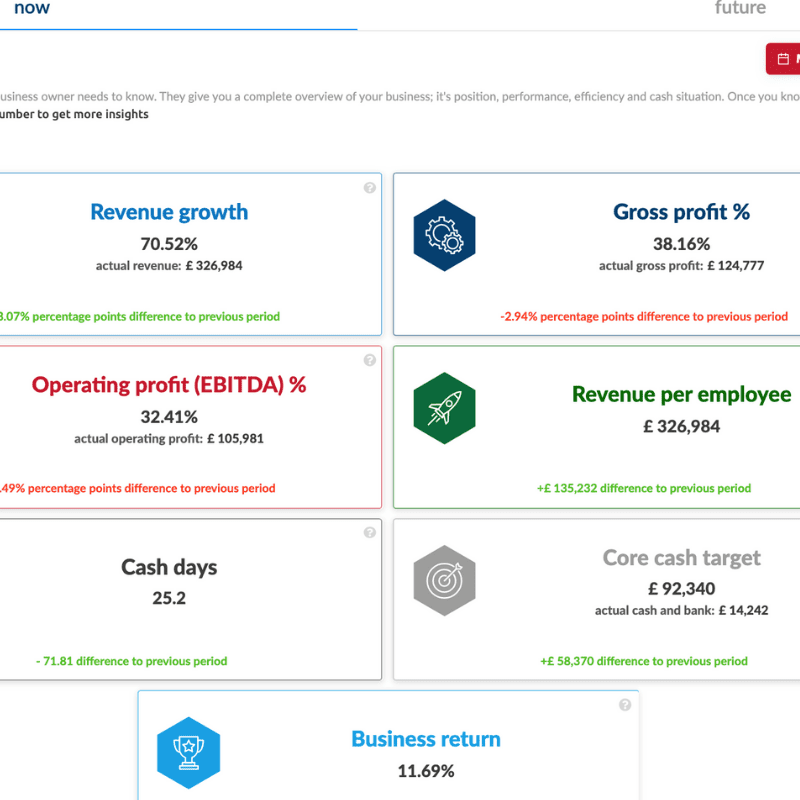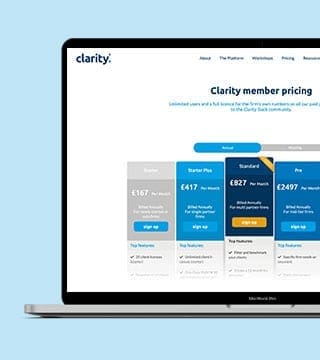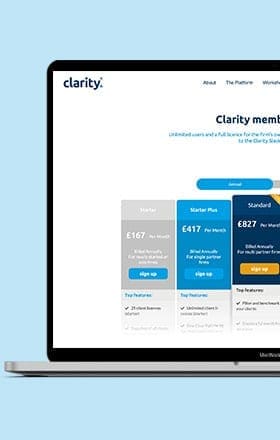Real life example of making decisions based on cash flow alone
At a recent mastermind session we were running, an accountant came to the session with a cash issue.
They were suddenly running a deficit and looking to make savings to correct the position. An obvious and natural response. Cash flow projections had been prepared. Two members of the onshore team had been already let go and the question brought to the group was whether to put increases to the existing offshore team on hold. In isolation, based on the previous decision to let team go and taking the question on face value, the answer should have been obvious.
The accountant had significant plans for growth over the next twelve months. How was this going to be achieved without sufficient team to deliver? Well, you might think that maybe the plans were too ambitious or rich? In fact, they weren’t. When delving a little deeper, it appeared that the current cash flow issue could be blamed in part on the two team members (who had been let go) underperforming – turnaround, billings etc. And it could be assumed with current work in progress and the layoffs, the situation would self-correct quickly.
The Main Issue
However, the main issue with cash flow was really caused by the underlying business model and the significantly low revenue per employee number. When we looked into the components of that number, it turned out that real issue was that the compliance function had been completely over-engineered. Team members were wasting significant amounts of time on working papers, processes and file work they were never going to be paid for. There were also some further issues with scope creep and team dumping time.
The offshore team were being recruited as part of a plan to build the business. Had the accountant made the short-term decision to halt those plans, it would likely have had repercussions down the line. However, the most significant issue was that, left unchecked, the current business model was always going to cause cash flow issues and no amount of paring costs would solve that. In fact paring costs and team could mask a bigger issue temporarily, but exacerbate the problem long term.








